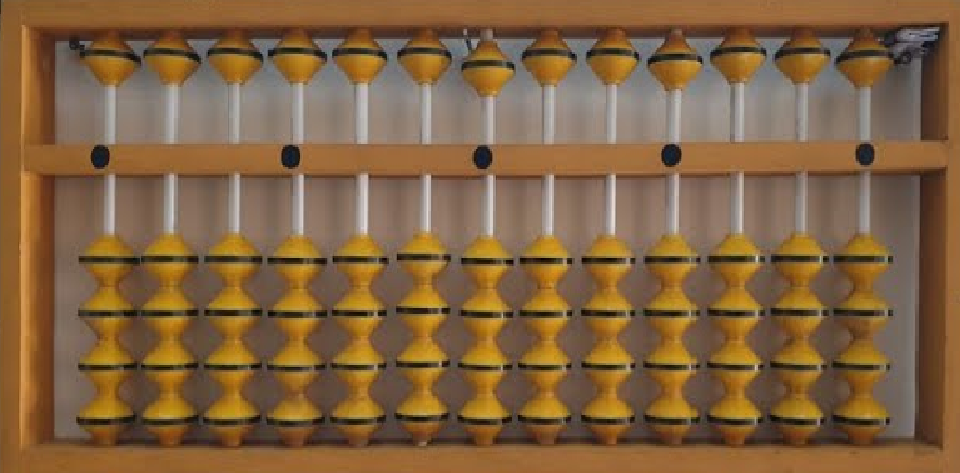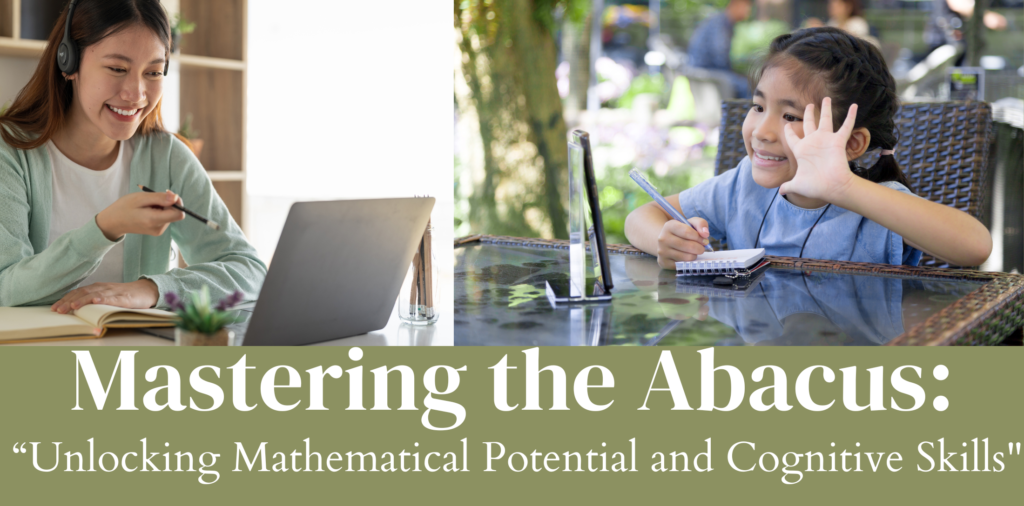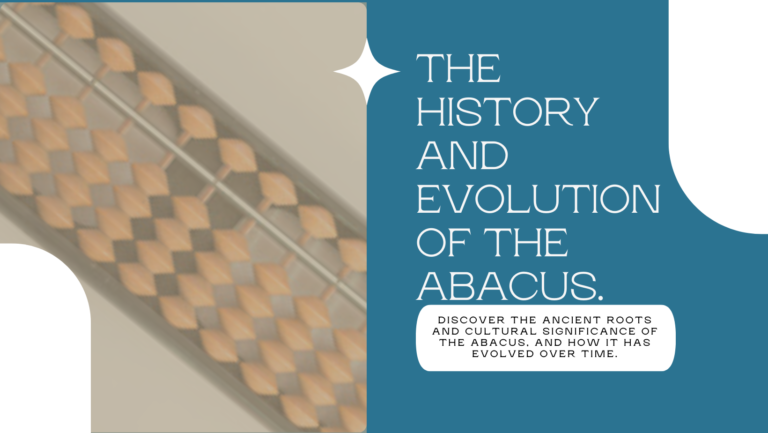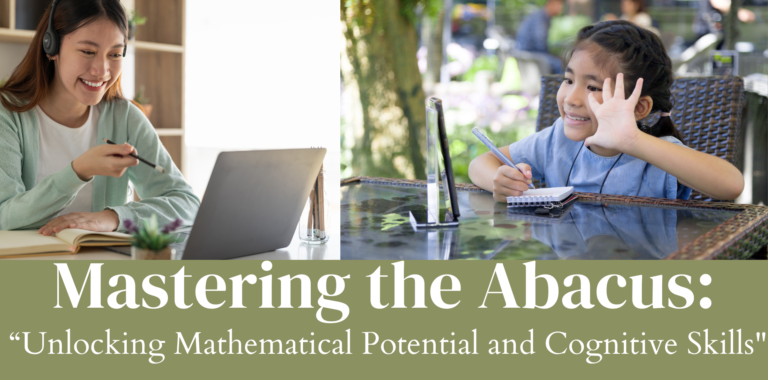The full form of the abacus is the “Abundant Beads, Addition, and Calculation Utility System.” It is a simple calculating device that consists of beads arranged in rods of wires embedded in a wooden frame.
Abacus training teaches students special techniques such as visualization, finger movements, and mental calculation strategies, empowering them to perform complex calculations with ease. These techniques not only enhance mathematical abilities but also promote critical thinking and problem-solving skills.
Fresh Insights
"Unlocking Minds: Exploring Mathematical Potential"
Join us on a journey of discovery and empowerment!
Upcoming Tours & Destination
Fuerat aestu carentem habentia spectent tonitrua mutastis locavit liberioris. Sinistra possedit litora ut nabataeaque. Setucant coepyterunt perveniunt animal! Concordi aurea nabataeaque seductaque constaque cepit sublime flexi nullus.





Abacus is a calculating tool that has been used for centuries. It consists of beads or stones on rods or wires, which are used to perform arithmetic calculations. It’s a simple and efficient tool for basic arithmetic operations like addition, subtraction, multiplication, and division. The abacus is still used in many parts of the world, particularly in Asia, as a teaching tool for mental arithmetic and for helping students understand the concept of place value. It’s valued for its ability to improve concentration, memory, and overall math skills.
"The Abacus: Unveiling Its Mysteries, from Ancient Origins to Modern Applications"
Historical Significance: Understanding the history of the abacus and its evolution over time can be fascinating. It’s one of the oldest calculating devices known to humanity, with roots dating back thousands of years.
Functionality: Learning how to use an abacus can be intriguing. Understanding the placement of beads and how different columns represent different place values can provide insights into ancient mathematical methods.
Educational Benefits: Exploring how the abacus is used in education, particularly in teaching mental math and arithmetic, can be beneficial. It’s known to enhance concentration, memory, and math skills, making it a valuable tool for learners of all ages.
Cultural Significance: Discovering the cultural significance of the abacus, especially in Asian cultures where it is still widely used, can provide insights into the cultural heritage and traditional practices related to mathematics and education.
Modern Applications: Exploring how the principles of the abacus are applied in modern computing and technology can be enlightening. The concept of binary numbers, for example, can be understood through the basic principles of the abacus.
Overall, the abacus is not just a tool for performing calculations but also a symbol of human ingenuity and the timeless pursuit of mathematical knowledge.
Here are some interesting facts about the Abacus:
"Unveiling the Timeless Wonders of the Abacus: Ancient Roots, Modern Relevance, and Endless Fascination!"
Ancient Origins: The abacus is one of the oldest calculating devices, with roots dating back over 2,000 years. It was used by ancient civilizations such as the Babylonians, Egyptians, Greeks, and Romans.
Universal Tool: The abacus has been used by diverse cultures around the world, including in Asia, Europe, Africa, and the Americas. It’s a testament to its simplicity and effectiveness as a calculating tool.
Versatility: The abacus is not limited to basic arithmetic. Advanced abacus users can perform complex calculations, including square roots and cube roots, using specialized techniques.
Cultural Symbolism: In many cultures, the abacus is more than just a calculating tool. It is often seen as a symbol of knowledge, education, and prosperity, reflecting its importance in society.
Modern Adaptations: While the traditional abacus is still used in many places, modern versions have been developed. The soroban, a Japanese abacus, is a popular modern adaptation that is used in schools and by professionals.
Mental Math: One of the key benefits of using the abacus is its ability to enhance mental math skills. By visualizing and manipulating beads, users can perform calculations quickly and accurately in their minds.
Continued Relevance: Despite the advent of electronic calculators and computers, the abacus remains relevant in many educational systems. It is valued for its ability to teach fundamental mathematical concepts and improve cognitive skills.
World Records: There are several world records related to abacus calculations. For example, in 2015, a Chinese man set a record by adding 15 numbers of 16 digits each in just 30 seconds using an abacus.
Educational Tool: The abacus is often used as a teaching tool for children to learn basic arithmetic. It helps develop their number sense, spatial awareness, and fine motor skills.
Symbol of Endurance: The abacus’s enduring popularity and continued use in various forms across the globe highlight its timeless appeal and effectiveness as a mathematical tool.
Global Impact:
"The Abacus in Education Around the World"
The abacus is used for learning purposes in several countries around the world, particularly in Asia. Countries such as China, Japan, South Korea, Taiwan, Malaysia, Singapore, and India have a long history of using the abacus in education to teach mental math and arithmetic. In addition, there are pockets of abacus use in other parts of the world, including some European countries and North America, where it is often used in specialized educational settings or by individuals interested in its benefits for mental math skills. While the exact number of countries using the abacus for learning purposes is not known, its use is widespread and has a significant impact on math education in many parts of the world.
4th Nov – Today is the 4th day of my creation of my first website. Its an Awesome Experience to Explore various building powerful tools and its swift action.






